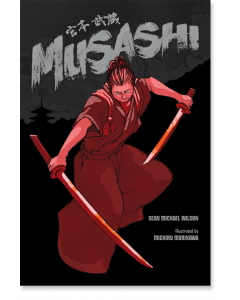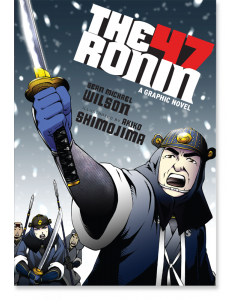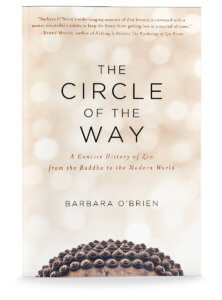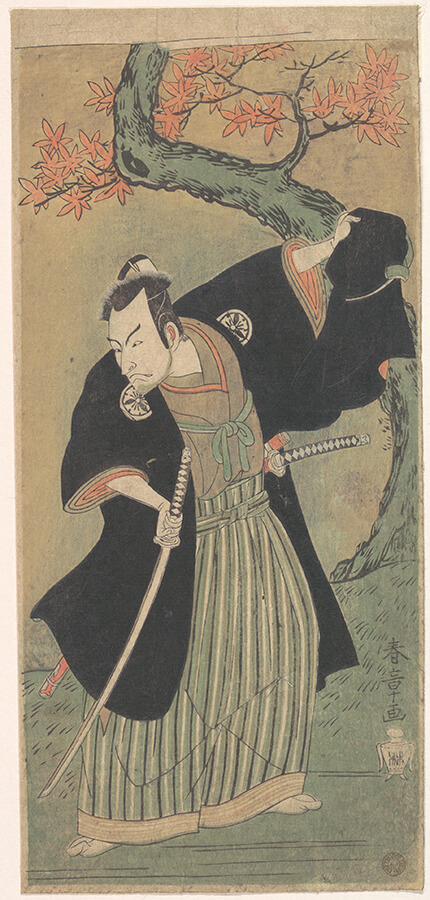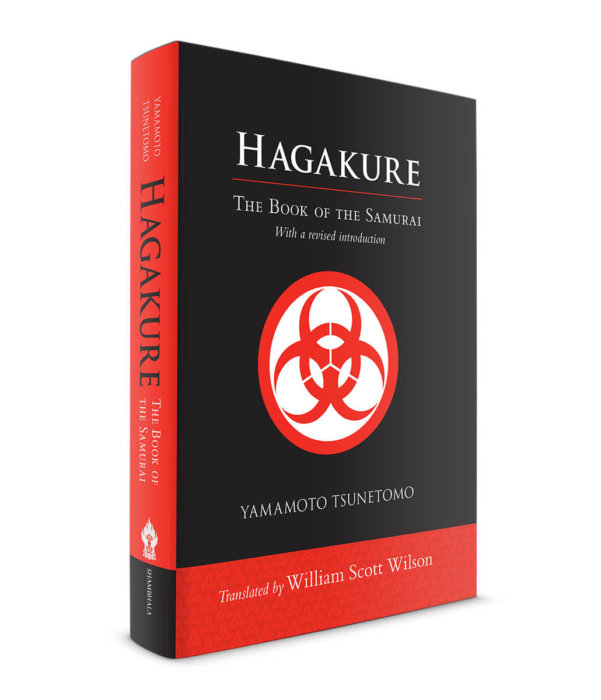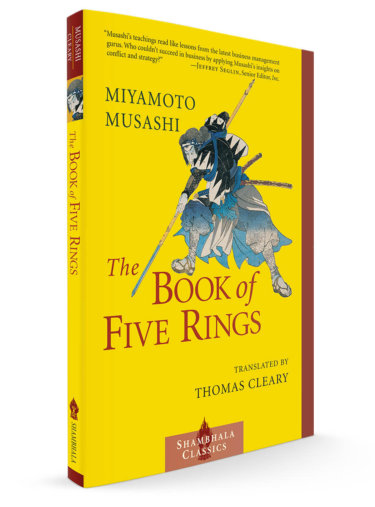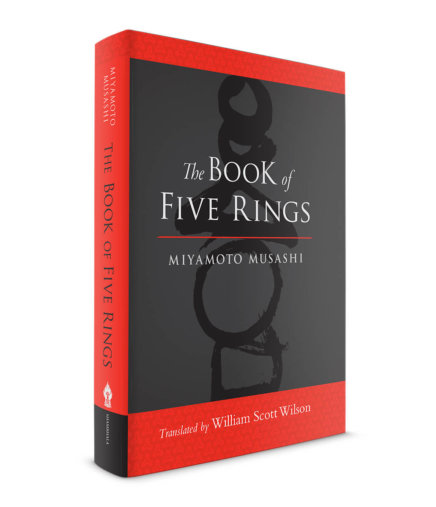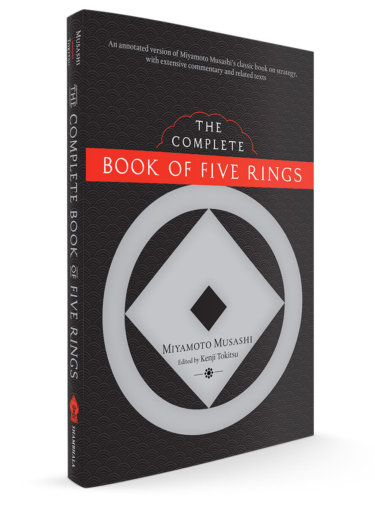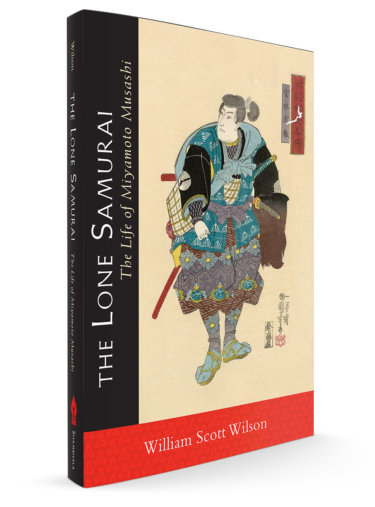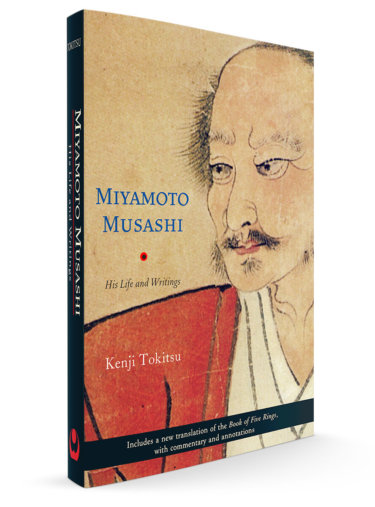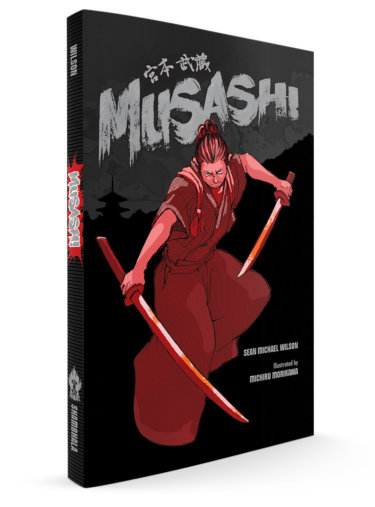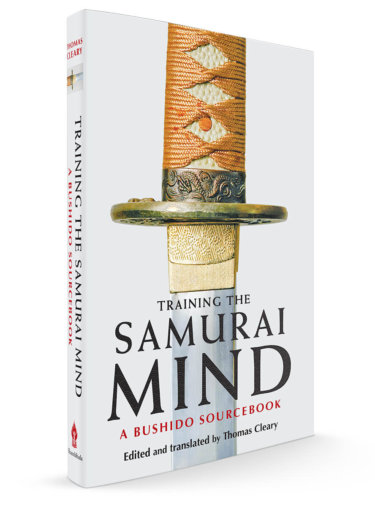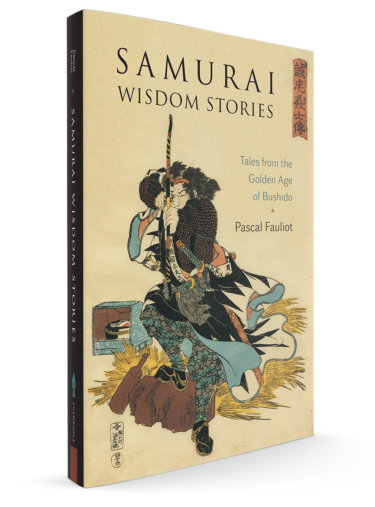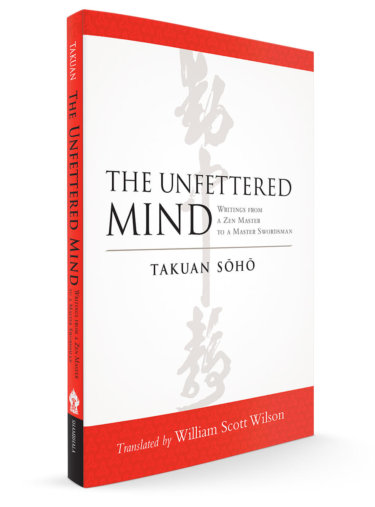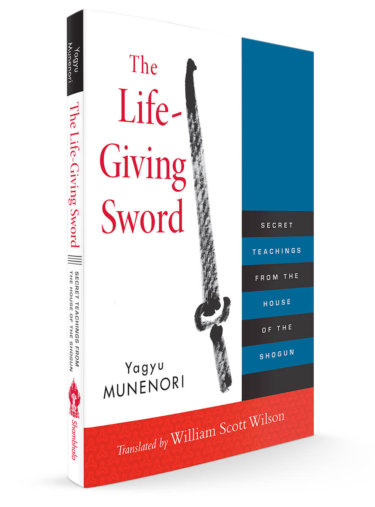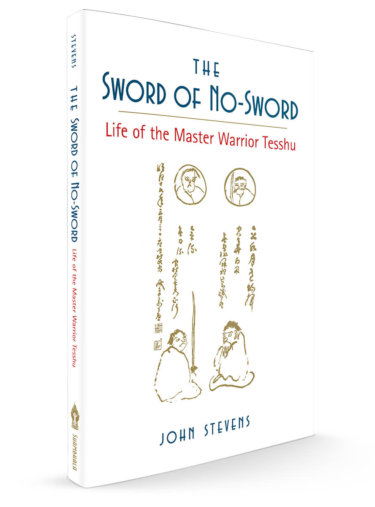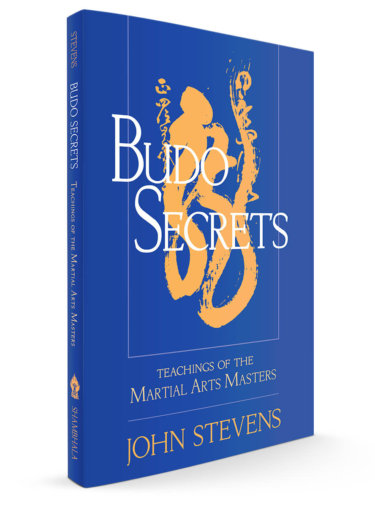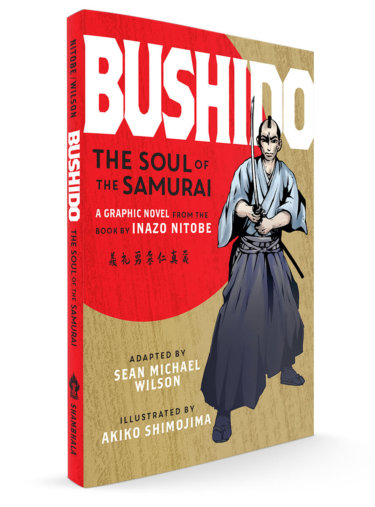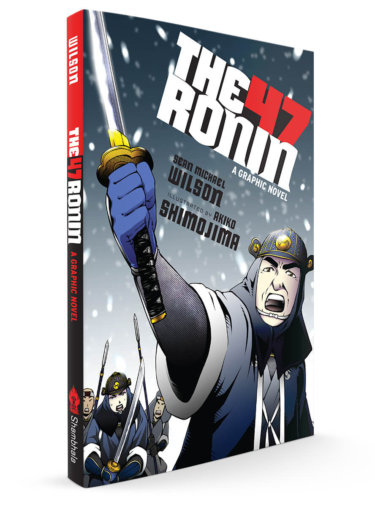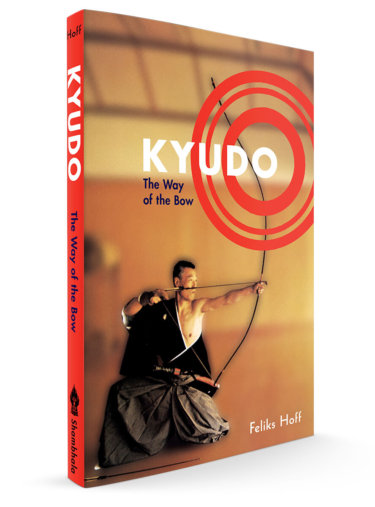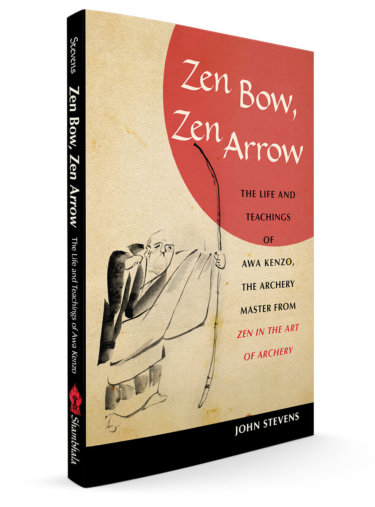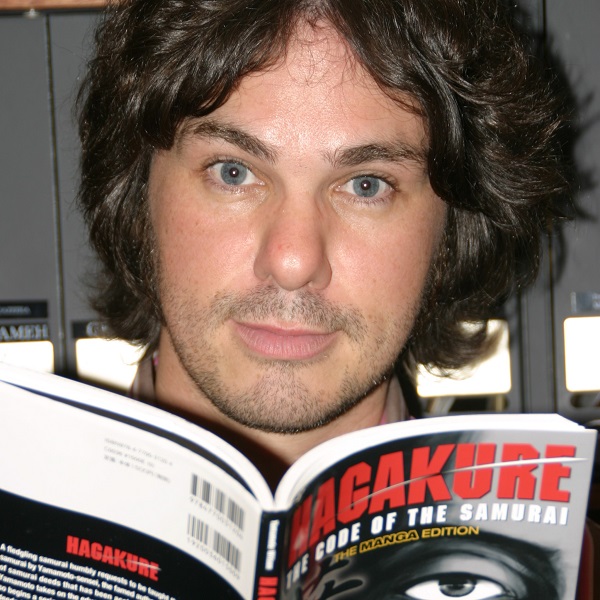

Sean Michael Wilson
Sean Michael Wilson is a comic book writer from Scotland, living in Japan. He has had many books published with a variety of US, UK, and Japanese publishers, such as The Book of Five Rings, and edited the critically acclaimed AX: alternative manga (Publishers Weekly’s “Best Books of 2010” in comics). In 2016, his book Lafcadio Hearn’s “The Faceless Ghost” and Other Macabre Tales from Japan was nominated for the prestigious Eisner Award. And in 2017, his book Secrets of the Ninja won an International Manga Award from the Japanese Government.
Sean Michael Wilson
-
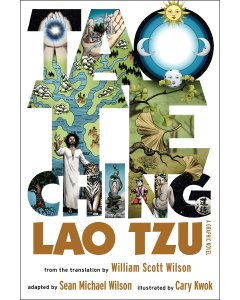 Tao Te Ching$15.95- Paperback
Tao Te Ching$15.95- PaperbackBy Sean Michael Wilson
Translated by William Scott Wilson
Illustrated by Cary Kwok -
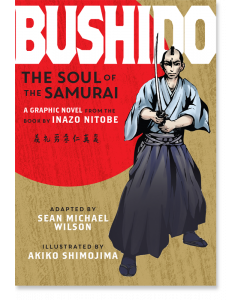 Bushido (Graphic Novel)$17.95- Paperback
Bushido (Graphic Novel)$17.95- PaperbackBy Inazo Nitobe
By Sean Michael Wilson
Illustrated by Akiko Shimojima -
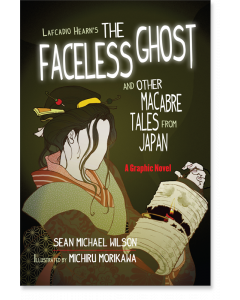 Lafcadio Hearn’s “The Faceless Ghost” and Other Macabre Tales from Japan$19.95- Paperback
Lafcadio Hearn’s “The Faceless Ghost” and Other Macabre Tales from Japan$19.95- PaperbackBy Sean Michael Wilson
Illustrated by Michiru Morikawa
Illustrated by Michiru Morikawa -
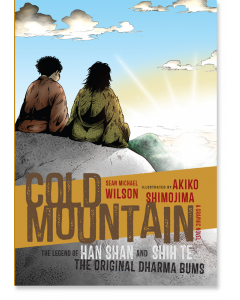 Cold Mountain$16.95- Paperback
Cold Mountain$16.95- PaperbackBy Sean Michael Wilson
Illustrated by Akiko Shimojima
Contributions by J. P. Seaton -
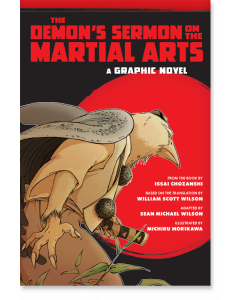 The Demon's Sermon on the Martial Arts$19.95- Paperback
The Demon's Sermon on the Martial Arts$19.95- PaperbackTranslated by William Scott Wilson
By Issai Chozanshi
By Sean Michael Wilson
Illustrated by Michiru Morikawa -
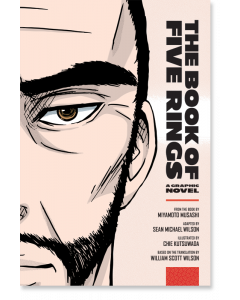 The Book of Five Rings$19.95- Paperback
The Book of Five Rings$19.95- PaperbackTranslated by William Scott Wilson
Illustrated by Chie Kutsuwada
By Miyamoto Musashi
By Sean Michael Wilson
GUIDES
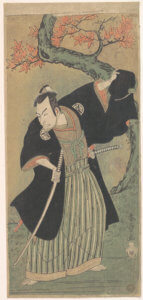

This is part of a series of articles on the arc of Zen thought, practice, and history, as presented in The Circle of the Way: A Concise History of Zen from the Buddha to the Modern World. You can start at the beginning of this series or simply explore from here.
Explore Zen Buddhism: A Reader's Guide to the Great Works
Overview
Chan in China
- The Works of the Chan and Zen Patriarchs
- The Works of Zen in the Tang Dynasty (618-907)
- The Works of Zen in the Song Dynasty (960 - 1279)
- The Great Koan Collections
Zen in Korea
Zen in Japan
> The Samurai and Zen
Additional Resources
- The Heart Sutra: A Reader’s Guide
- Zen in the Modern World (Coming Soon)
- Foundational Sutras and Texts of Zen (Coming Soon)
- Zen and Tea
The interplay of martial arts and Zen go back a long way—think of the stories of Bodhidharma meeting his successor Huike at Shaolin Temple. In The Circle of the Way, readers discover the so-called "Warrior Monks" or Shuto in the eleventh century, later called the Sohei. Then there was the intricate relationship between the samurai and Zen.
Thomas Cleary explores the many dimensions and dynamics of the Samurai—Zen relationship:
The potency of Zen Buddhism in particular was recognized by the new military masters of Japan, both as a cultural base of political influence and a psychological training system for warriors. Many of the soldier-samurai of the lower orders, in contrast, were drawn to the emergent Pure Land sects of Buddhism that proposed eternal life after death for the faithful.
Although Buddhism is ostensibly the only one of the Japanese religious and philosophical traditions featuring an explicit prohibition of killing, this proscription was not considered applicable to soldier-monks in monastic armies envisioned as protectors of Buddhism, nor to samurai in their role as police and protectors of society and state. According to the seventeenth-century Zen master Bankei,
Although there is killing such as the striking down of enemies in advance of the ruler, to destroy evil people to keep order in the world is the normal task of samurai, so such acts are not called murder on the part of samurai. Only when they contrive to kill for personal reasons, due to their own conceits, motivated by selfish desires, does it become murder. (Bankei Zenji Hogo).
Hagakure: The Book of the Samurai
Living and dying with bravery and honor is at the heart of Hagakure, a series of texts written by an eighteenth-century samurai, Yamamoto Tsunetomo. It is a window into the samurai mind, illuminating the concept of bushido (the Way of the Warrior), which dictated how samurai were expected to behave, conduct themselves, live, and die. While Hagakure was for many years a secret text known only to the warrior vassals of the Nabeshima clan to which the author belonged, it later came to be recognized as a classic exposition of samurai thought.
The original Hagakure consists of over 1,300 short texts that Tsunetomo dictated to a younger samurai over a seven-year period. William Scott Wilson has selected and translated here three hundred of the most representative of those texts to create an accessible distillation of this guide for samurai. No other translator has so thoroughly and eruditely rendered this text into English.
For this edition, Wilson has added a new introduction that casts Hagakure in a different light than ever before and focuses on Zen. Tsunetomo refers to bushido as “the Way of death,” a description that has held a morbid fascination for readers over the years. But in Tsunetomo’s time, bushido was a nuanced concept that related heavily to the Zen concept of muga, the “death” of the ego. Wilson’s revised introduction gives the historical and philosophical background for that more metaphorical reading of Hagakure, and through this lens, the classic takes on a fresh and nuanced appeal.
Musashi and the Book of Five Rings
Miyamoto Musashi lived in Japan in the 1600s and was an undefeated dueler, a masterless samurai, and an independent teacher. He is a towering figure in Samurai history and his Book of Five Rings is one of the classics of Samurai literature. We have three translations as well as a graphic novel, and several works on Mushashi himself.
The Book of Five Rings: A Classic Text on the Japanese Way of the Sword
Thomas Cleary’s is an accessible translation, free of jargon, with an introduction that presents the spiritual background of the warrior tradition. Along with Musashi’s text, Cleary translates another important Japanese classic on leadership and strategy: The Book of Family Traditions on the Art of War by Yagyu Munenori, which highlights the ethical and spiritual insights of Taoism and Zen as they apply to the way of the warrior.
William Scott Wilson’s translation is faithful to the original seventeenth-century Japanese text while being wonderfully clear and readable. His scholarship and insight into the deep meaning of this classic are evident in his introduction and notes to the text. This edition also includes a translation of one of Musashi’s earlier writings, “The Way of Walking Alone,” and calligraphy by Japanese artist Shiro Tsujimura.
The Book of Five Rings: A Graphic Novel
This graphic novel version of The Book of Five Rings, the iconic book of confrontation and victory by the famed seventeenth-century duelist and undefeated samurai Miyamoto Musashi, illuminates this brilliant manifesto, which has long inspired martial artists and anyone interested in cultivating a strategic mind. With evocative drawings and a distilled but faithful text adapted by acclaimed manga writer Sean Michael Wilson, The Book of Five Rings comes alive both as a guide to swordsmanship and strategy, and as a view into Musashi’s world.
The Complete Book of Five Rings
An authoritative version of Musashi’s classic, translated and annotated by a modern martial arts master, Kenji Tokitsu. Tokitsu has spent most of his life researching the legendary samurai swordsman and his works, and in this book he illuminates this seminal text, along with several other works by Musashi. These include “The Mirror of the Way of Strategy,” which Musashi wrote when he was in his twenties; “Thirty-five Instructions on Strategy,” and “Forty-two Instructions on Strategy,” which were precursors to The Book of Five Rings; and “The Way to Be Followed Alone,” which Musashi wrote just days before his death. Read together, these five texts give readers an unusually detailed, nuanced view of Musashi’s ideas on swordsmanship, strategy, and self-cultivation.
Tokitsu puts all these writings into historical and philosophical context and makes them accessible and relevant to today’s readers and martial arts students. Tokitsu understands Musashi’s writings—and Musashi as a martial artist—unusually well and is able to provide a rare insight into the man and his historical contribution.
The Lone Samurai: The Life of Miyamoto Musashi
Here, respected translator and expert on samurai culture William Scott Wilson has created both a vivid account of a fascinating period in feudal Japan and a portrait of the courageous, iconoclastic samurai who wrestled with philosophical and spiritual ideas that are as relevant today as they were in his time. For Musashi, the way of the martial arts was about mastery of the mind rather than simply technical prowess—and it is this path to mastery that is the core teaching in his Book of Five Rings. This volume includes supplemental material on Musashi’s legacy as a martial arts icon, his impact on literature and film, and the influence of his Book of Five Rings.
Miyato Musashi: His Life and Writings
Miyamoto Musashi, who lived in Japan in the fifteenth century, was a renowned samurai warrior. He has become a martial arts icon, known not just as an undefeated dueler, but also as a master of battlefield strategy. Kenji Tokitsu turns a critical eye on Musashi's life and writings, separating fact from fiction, and giving a clear picture of the man behind the myth.
Musashi's best-known work, The Book of Five Rings, provides timeless insight into the nature of conflict. Tokitsu translates and provides extensive commentary on that popular work, as well as three other short texts on strategy that were written before it, and a longer, later work entitled “The Way to Be Followed Alone.” Tokitsu is a thoughtful and informed guide, putting the historical and philosophical aspects of the text into context, and illuminating the etymological nuances of particular Japanese words and phrases. As a modern martial artist and a scholar, Tokitsu provides a view of Musashi’s life and ideas that is accessible and relevant to today's readers and martial arts students.
Miyamoto Musashi, the legendary samurai, is known throughout the world as a master swordsman, a spiritual seeker, and the author of the classic Book of Five Rings. This graphic novel treatment of his amazing life is both a vivid account of a fascinating period in feudal Japan and a portrait of courageous, iconoclastic samurai who wrestled with philosophical and spiritual ideas that are as relevant today as they were in his time. For Musashi, the way of the martial arts was about mastery of the mind rather than simply technical prowess. Over 350 years after his death, Musashi still intrigues us—and his Book of Five Rings is essential reading for students of all martial arts and those interested in cultivating strategic mind.
Training the Samurai Mind: A Bushido Sourcebook
Thomas Cleary presents a rich collection of writings on bushido by warriors, scholars, political advisors, and educators from the fifteenth century through the nineteenth century that provide a comprehensive, historically rich view of samurai life and philosophy. Training the Samurai Mind gives an insider’s view of the samurai world: the moral and psychological development of the warrior, the ethical standards they were meant to uphold, their training in both martial arts and strategy, and the enormous role that the traditions of Shintoism, Buddhism, Confucianism, and Taoism had in influencing samurai ideals.
Samurai Wisdom Stories: Tales from the Golden Age of Bushido
This collection of twenty-eight traditional samurai stories illustrates all the facets of wisdom and knowledge that a true samurai must embody: martial, spiritual, psychological, ethical, philosophical, artistic, strategic, and political. Retold by martial artist and scholar Pascal Fauliot, these tales are set in the golden age of bushido and represent the pinnacle of traditional Japanese culture in which aristocratic tastes, feudal virtues, and martial skills come together with the implacable insights of Zen. They feature military leaders and strategists such as Oda Nobunaga, Toyotomi Hideyoshi, and Tokugawa Ieyasu; sword masters such as Yamaoka Tesshu; ronin; the warrior monk Benkei; and the ninja-samurai Kakei Juzo; among many others. Pithy and engaging, the collection includes tales of battle, strategy, loyalty conflicts, court intrigues, breakthroughs in a warrior’s development, and vengeance achieved or foregone. Each tale reveals a gesture or an outcome that represents greater insight or higher virtue—a hallmark of the samurai era.
The Unfettered Mind: Writings from a Zen Master to a Master Swordsman
This classic samurai-era text fused Japanese swordsmanship with Zen and influenced the direction that the art has taken ever since. Written by the seventeenth-century Zen master Takuan Soho (1573–1645), The Unfettered Mind is a book of advice on swordsmanship and the cultivation of right mind and intention. It was written as a guide for the samurai Yagyu Munenori, who was a great swordsman and rival to the legendary Miyamoto Musashi.
Takuan was a giant in the history of Zen; he was also a gardener, calligrapher, poet, author, adviser to samurai and shoguns, and a pivotal figure in Zen painting. He was known for his brilliance and acerbic wit. In these succinct and pointed essays, Takuan is concerned primarily with understanding and refining the mind—both generally and when faced with conflict. The Unfettered Mind was a major influence on the classic manifestos on swordsmanship that came after it, including Miyamoto Musashi's Book of Five Rings and Yagyu Munenori's Life-Giving Sword.
The Life-Giving Sword: Secret Teachings from the House of the Shogun
The legendary seventeenth-century swordsman Yagyu Munenori was the sword instructor and military and political adviser to two shoguns—and was a rival to the great Miyamoto Musashi. Despite his martial ability and his political power, Munenori spent his life immersed in Zen teachings and practice. These teachings formed the framework for his deeply spiritual approach to sword fighting; Munenori saw in the practice of the sword a way to transform the student into a total human being. The Life-Giving Sword is Munenori’s manifesto on his approach. His central themes are the “Life-Giving Sword”—the idea of controlling one’s opponent by spiritual readiness to fight rather than by actual fighting—and “No Sword,” which is the idea that the mind must be free of everything, even the sword itself, in order to get to the place of complete mastery. Munenori’s ideas are essential reading for martial artists of all kinds and can be applied to business and human relations as well.
The Sword of No-Sword: Life of the Master Warrior Tesshu
Master swordsman, calligrapher, and Zen practitioner, Yamoaka Tesshu is a seminal figure in martial arts history. John Stevens's biography is a fascinating, detailed account of Tesshu's remarkable life. From Tesshu's superhuman feats of endurance and keen perception in life-threatening situations, to his skillful handling of military affairs during the politically volatile era of early nineteenth-century Japan, Stevens recounts the stories that have made Tesshu a legend. This is the book all martial artists must own.
Budo Secrets: Teachings of the Martial Arts Masters
In budo—which can be translated as "the way of brave and enlightened activity"—martial arts and Zen merge at the highest level of skill. Budo Secrets contains the essential teachings of budo's greatest masters of Kendo, Karate, Judo, Aikido, and other disciplines. Timely and instructive, these writings are not just for martial artists—they're for anyone who wants to live life more courageously, with a greater sense of personal confidence and self-control, and with a deeper understanding of others.
John Stevens has gathered an eclectic and historically rich collection of teachings that include principles and practice guidelines from training manuals and transmission scrolls, excerpts of texts on budo philosophy, the connection with Zen, and instructional tales gathered from a number of sources. Since many of the martial arts masters were also fine painters and calligraphers and used brush and ink as a teaching medium, Stevens has included their artwork throughout with explanation and commentary.
Bushido: (Graphic Novel): The Soul of the Samurai
This graphic novel version of the cult classic Bushido brings the timeless secrets of the samurai to life. First published in the early 1900s, Bushido was the first book to introduce Westerners to the samurai ethos. Written by Inazo Nitobe, one of the foremost Japanese authors and educators of the time, it describes the characteristics and virtues that are associated with bushido—honor, courage, justice, loyalty, self-control—and explains the philosophy behind how samurai were educated and trained; the connection between the sword and the samurai; seppuku; and the position of women in samurai culture; among other themes. To this day, Bushido is considered a must-read for anyone who wants to understanding the soul of Japan and navigate their world with integrity and honor.
Here is the first historically accurate graphic-novel version of a legendary event in Japanese history. In the eighteenth century, forty-seven samurai avenged the death of their master in a plot involving over two years of secrecy. After succeeding in their mission, the masterless samurai all committed ritual suicide. The story, which is a national legend, remains a most potent example of Japan’s deeply rooted cultural imperatives of honor, persistence, loyalty, and sacrifice, and of bushido—the samurai code.
Kyudo, Samurai, and Zen
Kyudo is the martial art of archery that emerged from the samurai, and has a long history with Zen.
This is the authoritative guide to the technique and philosophy of the ancient art of Japanese archery. Originally a samurai discipline, kyudo integrates technical skill with the development of a completely focused and disciplined mind. Influenced by Shintoism and Zen, kyudo is a path of self-development and meditation that requires the archer to cultivate precision, a clear mind, and freedom from fear.
This detailed, clearly written guide is an indispensable reference for kyudo students and an excellent sourcebook for anyone interested in the history of archery or warfare. The author, Feliks Hoff, a kyudo practitioner for over thirty years, gives a historical and philosophical view of the art and offers practical exercises for cultivating the proper mindset for each shot; detailed instruction on proper form and technique; an overview of the etiquette, dress, and ceremonial aspects of kyudo; and a survey of the various types of equipment used.
Hoff presents the basic techniques of the Heki school of kyudo in step-by-step photographs. He also provides exercises for aiming and target shooting and lists common mistakes in form, technique, and concentration along with pointers on how to correct them. For more advanced students, Hoff includes a list of examination requirements and offers advice on teaching beginners.
Here are the inspirational life and teachings of Awa Kenzo (1880–1939), the Zen and kyudo (archery) master who gained worldwide renown after the publication of Eugen Herrigel's cult classic Zen in the Art of Archery in 1953. Kenzo lived and taught at a pivotal time in Japan's history, when martial arts were practiced primarily for self-cultivation, and his wise and penetrating instructions for practice (and life)—including aphorisms, poetry, instructional lists, and calligraphy—are infused with the spirit of Zen. Kenzo uses the metaphor of the bow and arrow to challenge the practitioner to look deeply into his or her own true nature.

